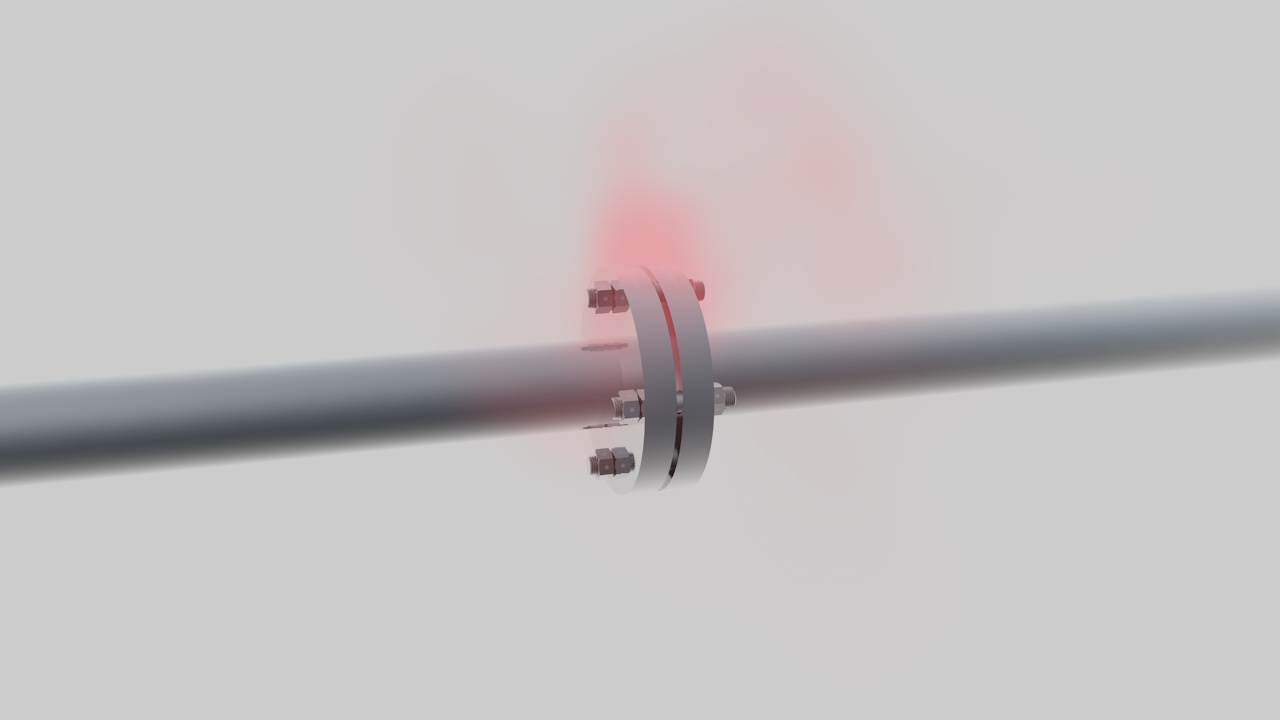What are VOC emissions from pipeline?
VOCs, or volatile organic compounds, are organic chemicals that have a high vapor pressure at room temperature and can evaporate easily into the atmosphere. They are emitted from a wide range of sources, including industrial processes, vehicle exhaust, and consumer products like paints, cleaning supplies, and pesticides.
In the context of pipelines, VOC emissions can occur during the transportation, storage, and handling of petroleum products, natural gas, and other volatile liquids. These emissions can result from:
Leaks or fugitive emissions: Small, unintentional releases of VOCs can occur due to leaks in valves, flanges, seals, or other pipeline components. Regular inspection and maintenance can help minimize the risk of leaks and fugitive emissions.
Venting: During routine maintenance or emergency situations, pipelines may need to be depressurized or vented to release gas or vapor. This can lead to VOC emissions if proper emission control measures are not in place.
Equipment or component failures: Mechanical failures, corrosion, or damage to pipeline components can lead to the release of VOCs.
In the context of pipelines, VOC emissions can occur during the transportation, storage, and handling of petroleum products, natural gas, and other volatile liquids. These emissions can result from:
Leaks or fugitive emissions: Small, unintentional releases of VOCs can occur due to leaks in valves, flanges, seals, or other pipeline components. Regular inspection and maintenance can help minimize the risk of leaks and fugitive emissions.
Venting: During routine maintenance or emergency situations, pipelines may need to be depressurized or vented to release gas or vapor. This can lead to VOC emissions if proper emission control measures are not in place.
Equipment or component failures: Mechanical failures, corrosion, or damage to pipeline components can lead to the release of VOCs.
Loading and unloading operations: Transferring petroleum products or natural gas between pipelines, storage tanks, and transportation vehicles can result in VOC emissions due to evaporation or spills.






